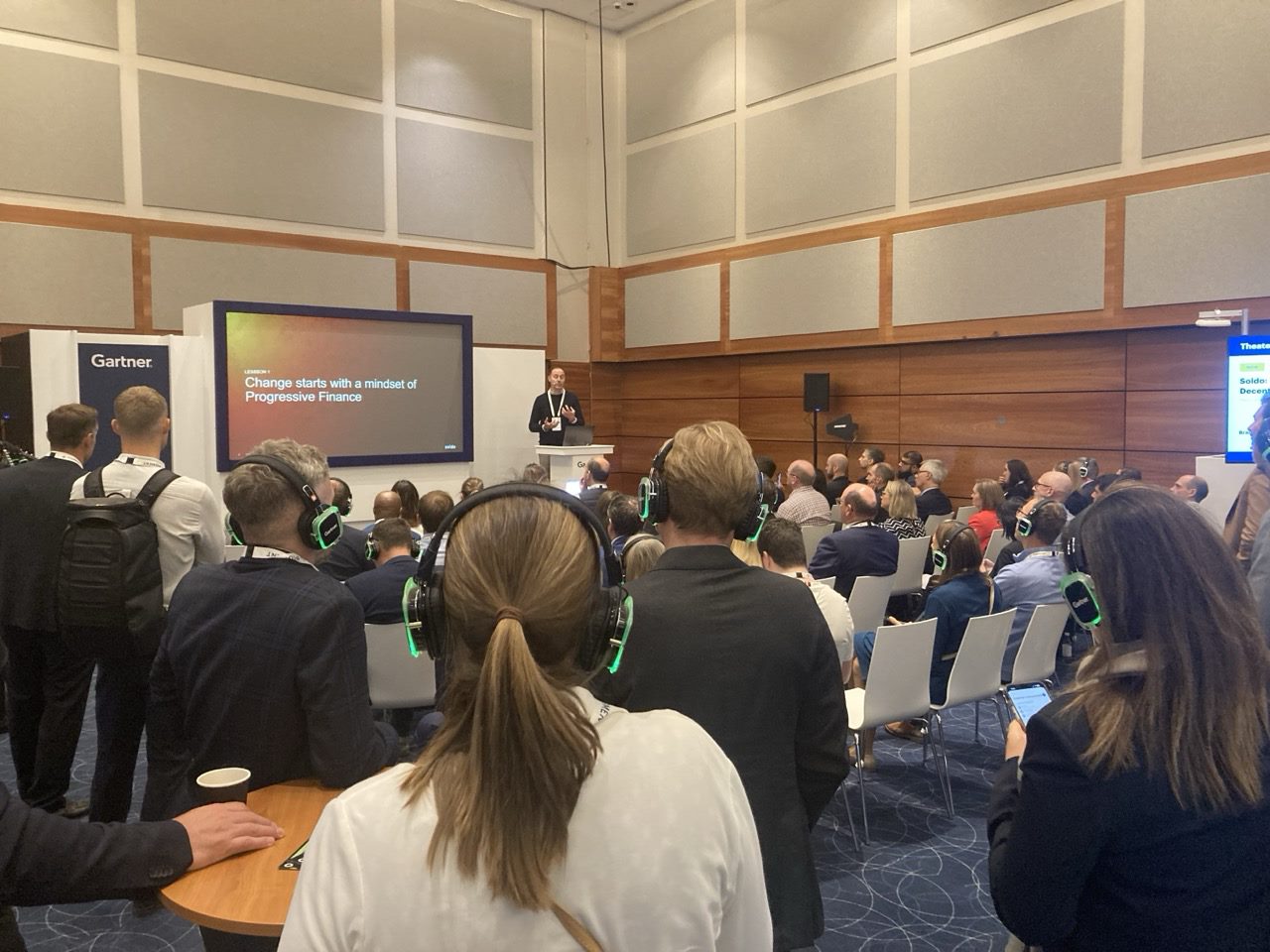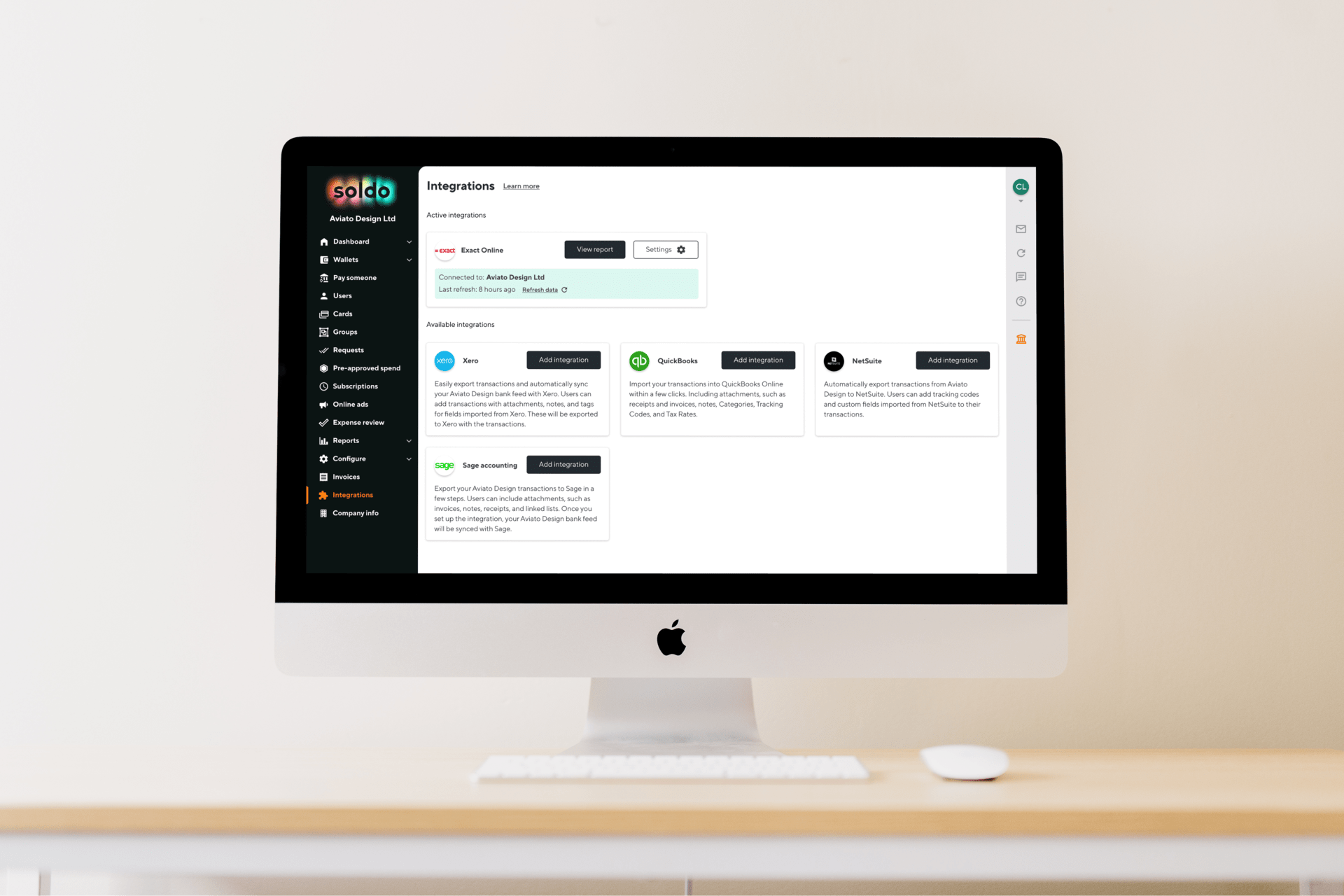Month-end close.
If you work in finance, hearing that phrase is enough to make you hyperventilate.
Reconciling expenses. Balancing the books. Reporting. Analysis. The list goes on…
The process is an onslaught of tight deadlines, complicated by time-sucking, manual tasks.
In a 2014 APQC survey, 75% of senior financial executives said improving their month-end close was one of their top two targets for the following 18 months. But, in 2018 — almost 48 months later — it still took the average business about 6 days to close out the month.
As it happens, finishing month-end close activities in less time is easier than you’d think. In this post, we’ll look at what’s wrong with the process and show you how you can streamline month-end closes and take the stress out of them.
What causes month-end close chaos?
Financial consultant Jay Burstein breaks down the month-end close process into eight steps:
- Record all the month’s transactions
- Put everything together. So, if you have financial data in standalone software programs or physical records such as expense reports, you’ll need to import it into your main accounting software
- Record journal entries such as amortisation and depreciation
- Reconcile the balance sheet, starting with cash and moving on to bank accounts, cheque books, and credit card statements
- Review your data
- Prepare financial statements
- Submit the financial statements to senior management for approval
- Close the month
If you’re reliant on old technology, it’s not hard to see how this can go off the rails.
Case in point, your accounting software may not import spreadsheets or integrate with your other software. Which means consolidating your data will involve going through every transaction line by line and inputting it by hand.
Frustration and skyrocketing stress levels aside, manual labour makes mistakes more likely. So much so, that 73% of respondents to an MHR Analytics poll said they didn’t trust month-end close data.
More to the point, this process is full of bottlenecks. To merge your data, for instance, you have to wait for employees to submit their expense reports, or chase for missing receipts. So, instead of planning out the month-end close to suit your schedule, you’re at the mercy of issues you can’t control.
Bringing order to the chaos
If outdated processes can put month-end closes in disarray, automation tools simplify everything.
With the right tech, you can:
- Cut the number of steps involved
- Eliminate human error
- Get a more accurate real-time snapshot of the company’s finances whenever you need it
Streamlining the month-end close
Automating repetitive tasks reduces manual labour. Some tools, like Soldo, also help you cut down on paperwork and remove bottlenecks. Which means you can schedule tasks when it suits you instead of racing to meet your deadlines
Take expense management.
If you use company credit cards, you have to wait for monthly statements to come out and employees to submit receipts. Some receipts may be crumpled, illegible, or missing. And many credit cards don’t integrate with accounting software, so you’ll have to input transactions manually.
In comparison, Soldo makes things much simpler.
Employees use a prepaid card to pay for items and upload receipts to an app on their phone. The app is connected to a dashboard that integrates with accounting software, so transactions and receipts are imported automatically. The upshot is that you can reconcile throughout the month instead of having to wait for a statement and do everything at once.
Soldo also sends reminders to employees with missing receipts, so you don’t have to chase them yourself.
Eliminate mistakes
The typical manual data entry error rate is 1%. So, for every 100 pieces of information your team inputs, at least one will be inaccurate. Spreadsheets have an even worse record. According to several studies, 88% contain mistakes.
Tech that integrates with your accounting software takes care of the problem, because it populates data automatically.
Soldo, for instance, records transactions as they happen and imports them into your system. And if you don’t have to record and input data by hand, you can’t make mistakes.
Always have an eye on the big picture
With the traditional month-end close process, you won’t know exactly where your money has gone until you finish. Even then, a mistake could skew your data, creating a misleading picture.
In a recent study, 78% of respondents said there have been times when they had to re-open the books. And who would want to have to do that, after finishing a month-end close?
By contrast, automation tools collect real time data, giving you immediate visibility. You can keep an eye on things and step in to fix issues as you go. In other words, instead of reacting, you can start being proactive and making better financial decisions.
So long, month-end stress-fests
If you’re in finance, month-end close processes are a fact of life. But long hours, stress, and aggravation shouldn’t have to go with the territory.
CPA Susan Parcellis notes that: “Many of the processes that are easiest to automate are often the most manual and risky.”
With the right tech in place, the sky’s the limit to what you can achieve.
“Once this process is automated and optimised, imagine extrapolating results across all reconciliations, journal entries, and matching opportunities. This bottom-up approach allows organisations to methodically and continuously improve over time [with] unprecedented agility, intelligent analysis, and data-driven decisions.”CPA Susan Parcellis, How to banish last-minute chaos and breeze through financial month-end
Why keep taking risks — and giving your team grief — when tech can make your life easier and deliver better results?
Want to put an end to stressful, chaos-laden month-end closes?
Soldo automates the time-sucking processes for you, so have access to complete, accurate, real-time financial data whenever you need it. See how much you could save with Soldo today with our expense ROI calculator.












